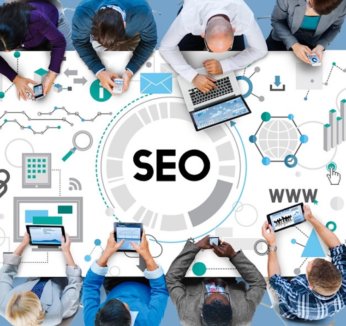Not long ago, if you wrote good content on a regular basis, you had a decent chance of trouncing your competition in search engine results pages (SERPs), attaining a higher search ranking and therefore getting a higher share of organic traffic. These days, good content is still a major boon for your website — but it’s not enough to compete on the national level.
What do I mean by this? And how can you adjust your strategy accordingly?
SEO Basics: The Importance Of Content
I’ll start with some basic search engine optimization (SEO) background information. SEO is all about increasing your website’s rankings in relevant search results, most commonly targeting Google. For Google to rank your site highly, you need to establish both relevance (i.e., addressing the subject of a user’s query) and authority (i.e., proving that your site is trustworthy).
Written content is valuable because it accomplishes both — sort of. Good content lets you establish relevance for different keywords and phrases, while also building the trustworthiness of your site. If your content is good enough to attract inbound backlinks, which serve as major indicators of authority, it can assist your site even more.
So why isn’t good content enough to compete in SEO in 2021?
The Changing Landscape Of Consumer Content
First, the very nature of “content” is starting to change. Back in 2011, in the wake of the Panda update, written content was not only the norm — it was the only practical way to optimize a site for search engines. For today’s consumers, written content is often an afterthought — they want images, videos, podcasts, audio content and other mediums to consume.
If you want to stand out to both search engine algorithms and human content consumers, you need to diversify the types of content you’re creating and appeal to a broader audience.
User Experience And Technical Factors
Lately, Google has been making more of an effort to prioritize user experience and technical factors in its ranking algorithm. The company’s philosophy has always been to make the web a better place for search users, so websites that provide fast, reliable and technically polished platforms have always had an edge over their counterparts.
In 2021, Google is rolling out page experience, a new set of ranking signals for websites, based on “Core Web Vitals” that measure website performance. Good content can still anchor your site and provide you with opportunities with keyword optimization, but if that content is unreliable, slow to load or otherwise bothersome to users, it’s not going to have the same impact.
Read more: Why Good Content Isn’t Always Enough To Compete In SEO







